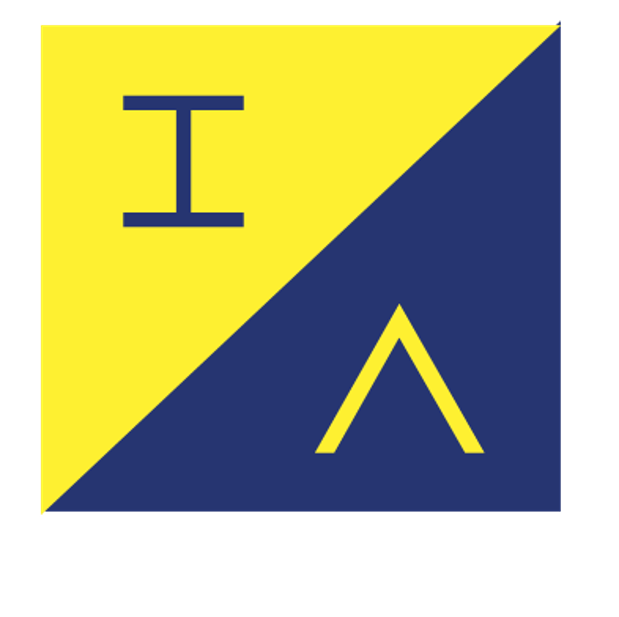
Use R&D to Accelerate Your Competitiveness
R&D effectiveness is the most important determinant of an organization's competitiveness. It is potentially the most important lever in securing long-term success.
After decades leading innovation in start-ups, at the nation’s leading government R&D agency, and for a premier Fortune 100 R&D company, the team at IAG realized that the normal way we’ve all thought about innovation and R&D is all wrong. We’ve asked the wrong questions, measured the wrong outcomes, and too often, we’ve not generated the desired returns.
When we embrace risk, encourage failure, eschew metrics and gamble with our future, we are twisting ourselves into knots and advocating for things we know we don’t want. There has to be a better way — one that is based on metrics, delivers clear, measurable results and empowers leaders to have meaningful roles in charting their organization’s future.
A Clear Data-Driven Approach
Fortunately, now there is. IAG’s learning-based approach, developed over two decades, unwinds the process of innovation into a clear, repeatable and measurable activity.
Three key observations motivate our approach:
1) Ultimately, we want our R&D investments to succeed, if possible. If success is not possible, the innovation team must realize it as soon as possible and stop spending money.
2) Identifying and evaluating uncertainty and risks in your ideas gives you ‘special knowledge’ you can utilize in the marketplace. How efficiently you can retire uncertainty, and confidently take action based on the results determines your success and allows you to outperform your competitors.
3) The best way to achieve this is to identify and quantify the key uncertainties surrounding opportunities. Then, based upon that knowledge, you can define a Minimum Viable Plan (MVP), the plan that retires uncertainty most efficiently. The MVP is predictable, measurable, accountable, and generates actionable outcomes over timeframes relevant to your business.
IAG’s learning-based approach unifies the perspectives of operations, finance, engineering and technology teams into a single framework that can be understood and practiced by the entire organization.





